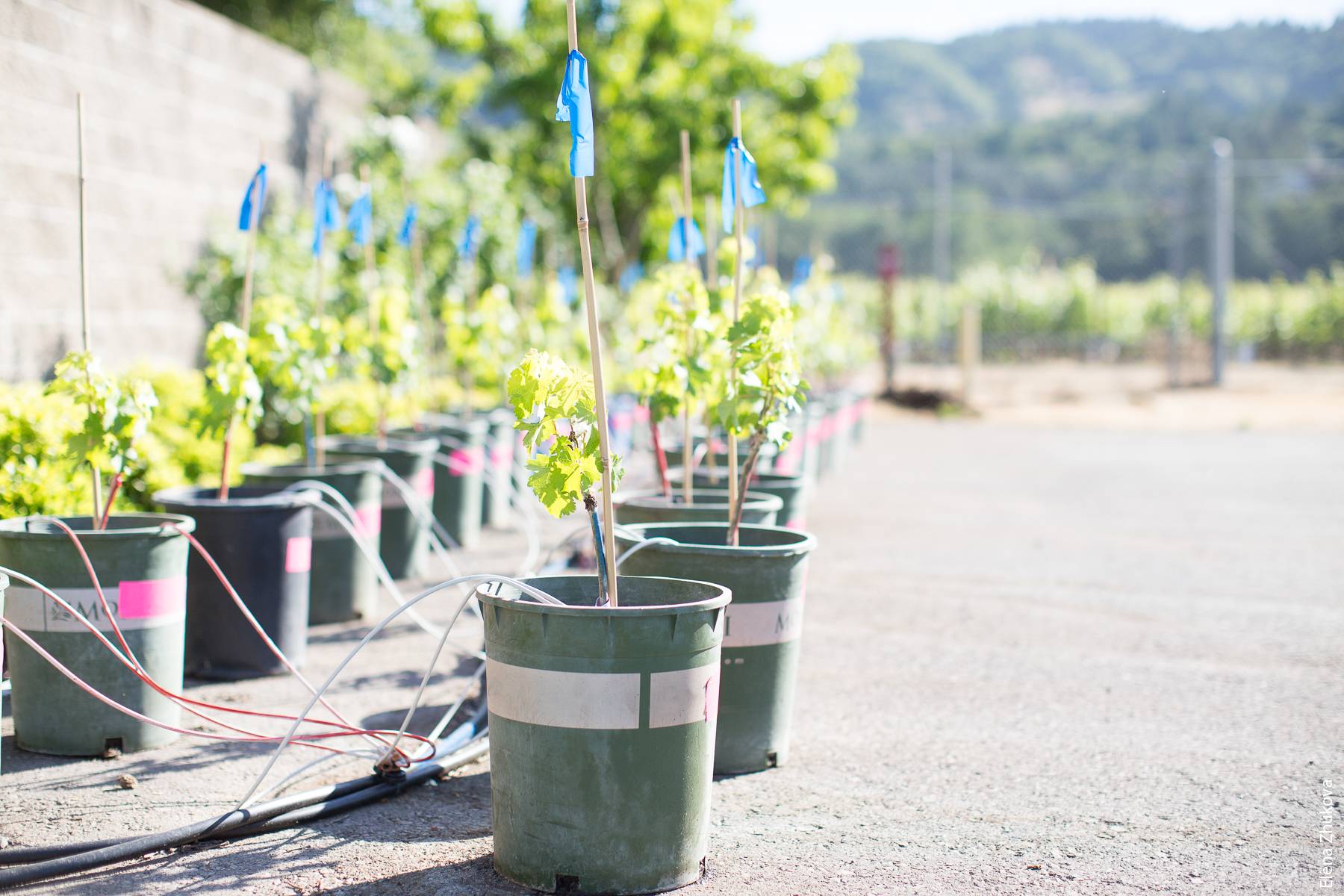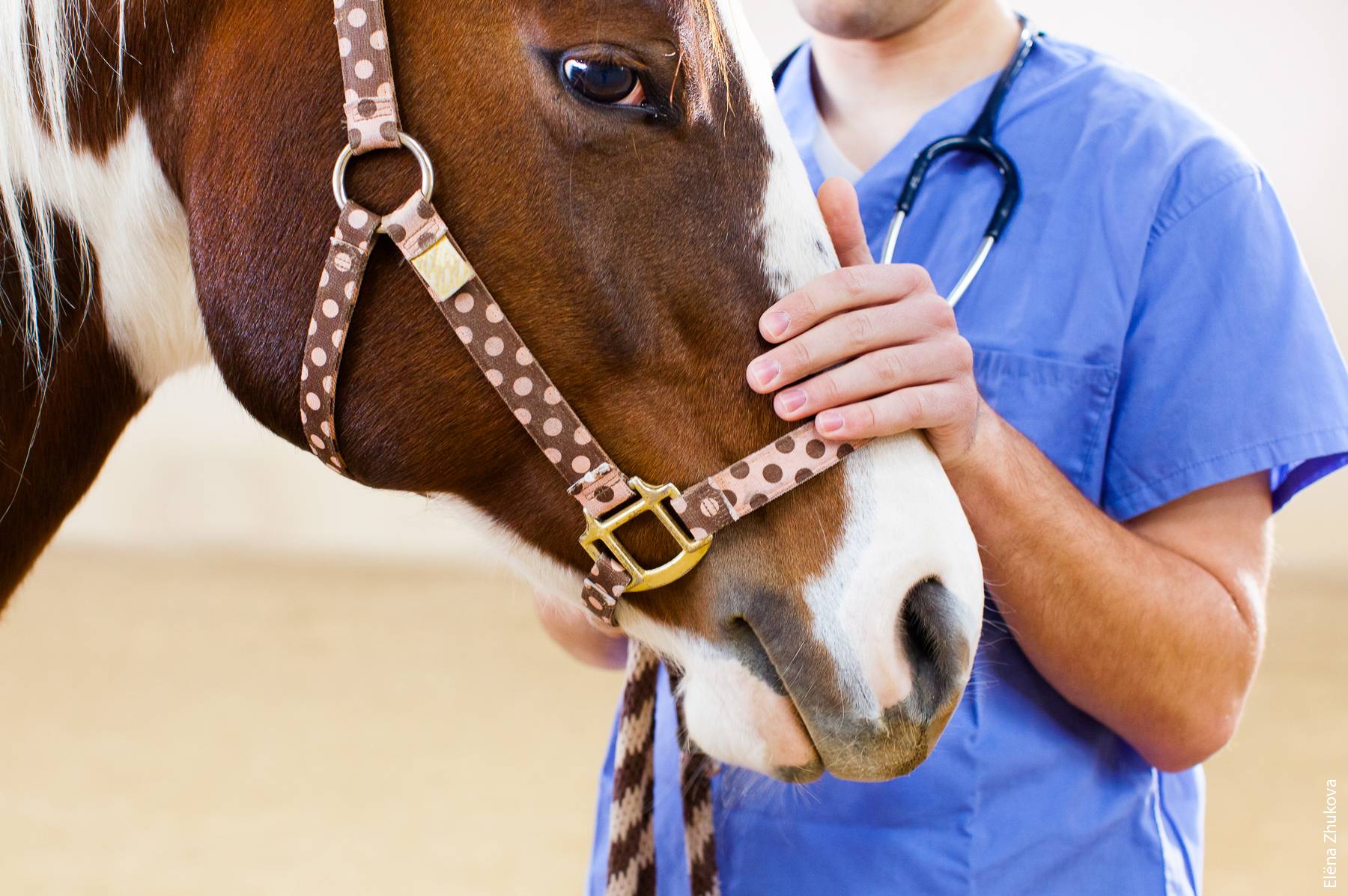All Issues
UC and the state of California team up against invasive species
Publication Information
California Agriculture 68(4):100-101. https://doi.org/10.3733/ca.v068n04p100
Published online October 01, 2014
NALT Keywords
Full text
In recent years, the escalation of world travel has rapidly moved pests and pathogens to new regions and allowed them to invade and establish. This places enormous pressure on existing pest management systems and provides many challenges for research, regulatory agencies and outreach. It is estimated that the direct damage costs combined with the costs of controlling invasive species exceeds $138 billion per year in the United States. Invasive species also impact natural ecosystems, affecting, in the long term, the diversity of our biological systems.
Elizabeth E. Grafton-Cardwell, Cooperative Extension Specialist and Research Entomologist, University of California; Annette Jones, State Veterinarian and Director, Animal Health and Food Safety Services, California Department of Food and Agriculture; Nick Condos, Director, Plant Health and Pest Prevention Division, California Department of Food and Agriculture.
In 2009, as part of UC Agriculture and Natural Resources’ (UC ANR) 2025 Strategic Vision, five strategic initiatives were established to focus UC ANR's research and extension programs and increase its ability to address challenges that face California. The goal of the Endemic and Invasive Pests and Diseases (EIPD) Strategic Initiative is to coordinate and support research and extension efforts on new and emerging biological threats to California's healthy food systems, natural resources and communities. The EIPD Initiative focuses on (1) the exclusion of pests and pathogens, (2) rapid response to emerging problems with pests and diseases and (3) integrated management of established pests.
This issue of California Agriculture highlights some of those UC research and extension efforts. UC programs studying crops and animal health have provided critical scientific information and outreach to bring pests (insects, nematodes, weeds and vertebrates) and pathogens (viruses, fungi, protozoans and bacteria) under significant control. However, UC does not conduct these efforts alone. The work to combat invasive and endemic species relies heavily on teamwork between UC and state and/or federal regulatory agencies; these collaborations have proved critical for managing pests and pathogens and protecting the state's agriculture industry, homeowners’ gardens, California's wildlands and human health.
In particular, UC and the California Department of Food and Agriculture (CDFA) have together created a powerful team to limit the impact of pests and diseases on the state. Section 403 of the California Food and Agriculture Code states that “the Department [CDFA] shall prevent the introduction and spread of injurious insects or animal pests, plant diseases, and noxious weeds.” CDFA operates a pest prevention system that includes pest exclusion, pest detection, pest eradication, public information and education, and pest identification and records. Its Plan for Pest Prevention complements UC's EIPD Strategic Initiative; it too focuses on exclusion of pests and pathogens and rapid response to emerging problems. Once pests become established, UC research and extension programs continue, supported by grant funds from UC ANR, CDFA, commodity groups and other sources.
Exclusion.
Exclusion includes diagnostics, detection and interception. With an early detection system in place, the eradication of invading pests and diseases may be feasible. Lack of early detection often results in establishment, high management costs and disruption of trade and commerce. In the case of diseases, a lack of early detection may impact human or animal health. UC and CDFA commit major resources to early detection. It's UC ANR's role to provide science-based information to support exclusion strategies and inform policy and to assist with the detection of new pests. This may take the form of assisting regulatory agencies with risk assessments, developing innovative technologies for rapid identification and trapping, developing models of invasion biology for predictive purposes and studying how the changing climate or a local environment influences the introduction of pests and pathogens.
CDFA's Plant Pest Diagnostics Branch (PPDB) scientists provide identification of plant pests and pathogens in their Sacramento laboratory. The PPDB is the largest state plant diagnostic laboratory in the United States. Samples may be collected by first detectors trained through the Western Plant Diagnostic Network (WPDN) housed at UC Davis (page 117) and submitted to a UC Cooperative Extension office or the county agricultural commissioner. Samples not identified at the county level are sent to the Sacramento laboratory. UC ANR scientists, such as Valerie Williamson at UC Davis, play a role in developing diagnostics tools; Williamson is using mitrochondrial DNA to identify invasive and endemic root knot nematodes that attack crops.
UC and CDFA have also worked together closely to ensure growers have access to clean planting stock. UC ANR is home to the Citrus Clonal Protection Program, directed by Georgios Vidalakis, and the Foundation Plant Services program, directed by Deborah Golino. These two programs are part of the National Clean Plant Network, and they work closely with CDFA's nursery stock regulatory program to help ensure that California fruit, nut, strawberry and grape nurseries have access to new varieties of pathogen-free propagative material to supply growers.
CDFA Animal Health Branch (AHB) veterinarians provide the expertise in the detection of foreign animal diseases and zoonotic diseases of concern. Working with the UC ANR California Animal Health and Food Safety (CAHFS) laboratory diagnosticians and researchers, they can provide a rapid detection and diagnostic confirmation of livestock and poultry diseases. In the face of the exotic Newcastle disease outbreak in 2002 to 2003 in Southern California poultry farms, UC's CAHFS developed a rapid assay, which reduced the time from sample submission to diagnosis from 5 to 7 days to 1 day and became the primary diagnostic tool to support the successful eradication effort.
In 2012, USDA, CAHFS and AHB together provided personnel to assist in the investigation of a positive bovine spongiform encephalopathy (BSE) cow in the Central Valley. Part of the USDA National Animal Health Laboratory, the CAHFS lab is one of six labs in the United States that performs testing for BSE. CAHFS's surveillance testing identified the initial inconclusive sample for BSE, which was then rushed to the National Veterinary Services Laboratory, where it was confirmed to be positive. The investigation was crucial in isolating the cow, confirming there was no risk to human or animal food supplies, assuring foreign delegations that the U.S. safeguards for BSE are strong and ensuring the safety of the country's beef products. The multibillion dollar U.S. beef export market was preserved through these efforts.
Rapid response to emerging problems.
UC, using its science, outreach and research capabilities, can speedily and efficiently mount programs to tackle emerging threats from new pests and diseases. For example, when the European grapevine moth (EGVM) was first detected in California in 2009, UC quickly developed degree-day models, lists of effective treatments, and commodity-specific treatments for movement of infested fruit and distributed that information and best management practices to growers and homeowners. Even as a threat is emerging, UC can provide provisional treatment guidelines until research can be conducted to provide science-based integrated pest management (IPM) recommendations.
When quarantines and other regulatory measures are deemed necessary to help manage emerging pest and disease problems, UC scientific expertise and local knowledge guide the regulatory decisions made by CDFA. UC input is provided through USDA's technical working groups, CDFA's science advisory panels and ad hoc committees. UC and the regulatory agencies have worked together on many cases of invasive pests and pathogens, including the Asian citrus psyllid/huanglongbing complex, EGVM, diaprepes root weevil, light brown apple moth, red imported fire ant, glassy-winged sharpshooter/Pierce's disease complex, Mediterranean fruit fly, palm weevils, polyphagous shot hole borer, foot and mouth disease, BSE, avian influenza, exotic Newcastle disease, anthrax, bovine tuberculosis, equine herpes myeloencephalopathy, livestock toxicosis, bovine brucellosis and both land and aquatic invasive plants.
Integrated management of established invasive species.
Once a pest or pathogen becomes established, its ongoing management is a challenge for homeowners, land managers and the agricultural community, and methods must be developed to contain and control it. If it is a new pest or disease, this might require studying the biology of the organism, sampling techniques, the natural enemies that control it in its country of origin and chemical controls (pheromones and pesticides). The UC ANR network of research and extension personnel develop IPM strategies that take into account effectiveness, sustainability, costs and impacts on the environment, and then communicate them to a wide range of clientele, from large-scale commercial growers and ranchers to homeowners. One form that the communication takes is the UC IPM guidelines for California crops, which provide monitoring methods and treatments that are crucial for managing pests and diseases. In some cases, for example the guidelines for managing Fuller rose beetle in citrus, these guidelines provide best management practices that address phytosanitary barriers enacted by foreign countries.
CDFA has made strong contributions to the long-term management of pests and diseases through its grant programs. The Specialty Crops Block Grant program offers grants for projects that enhance the competitiveness of California specialty crops. CDFA also has input on Farm Bill Section 10201 (Plant Pest and Disease Management and Disaster Preparation) project funding priorities. UC ANR has a competitive grant program that funds research and extension programs from the Strategic Initiatives, including EIPD. These grant programs, in combination with other state and federal funds and commodity boards, support the university's excellent research and extension programs.
UC, through its research and extension programs, and CDFA, through its diagnostics and regulatory activities, work together to address critical plant and animal issues facing California. This special issue of California Agriculture highlights these and other collaborations and some of the successes of the many pest and disease programs conducted in California.







